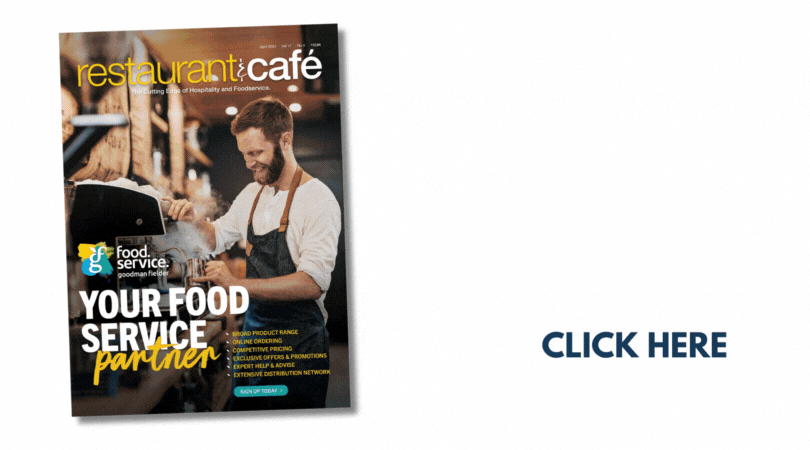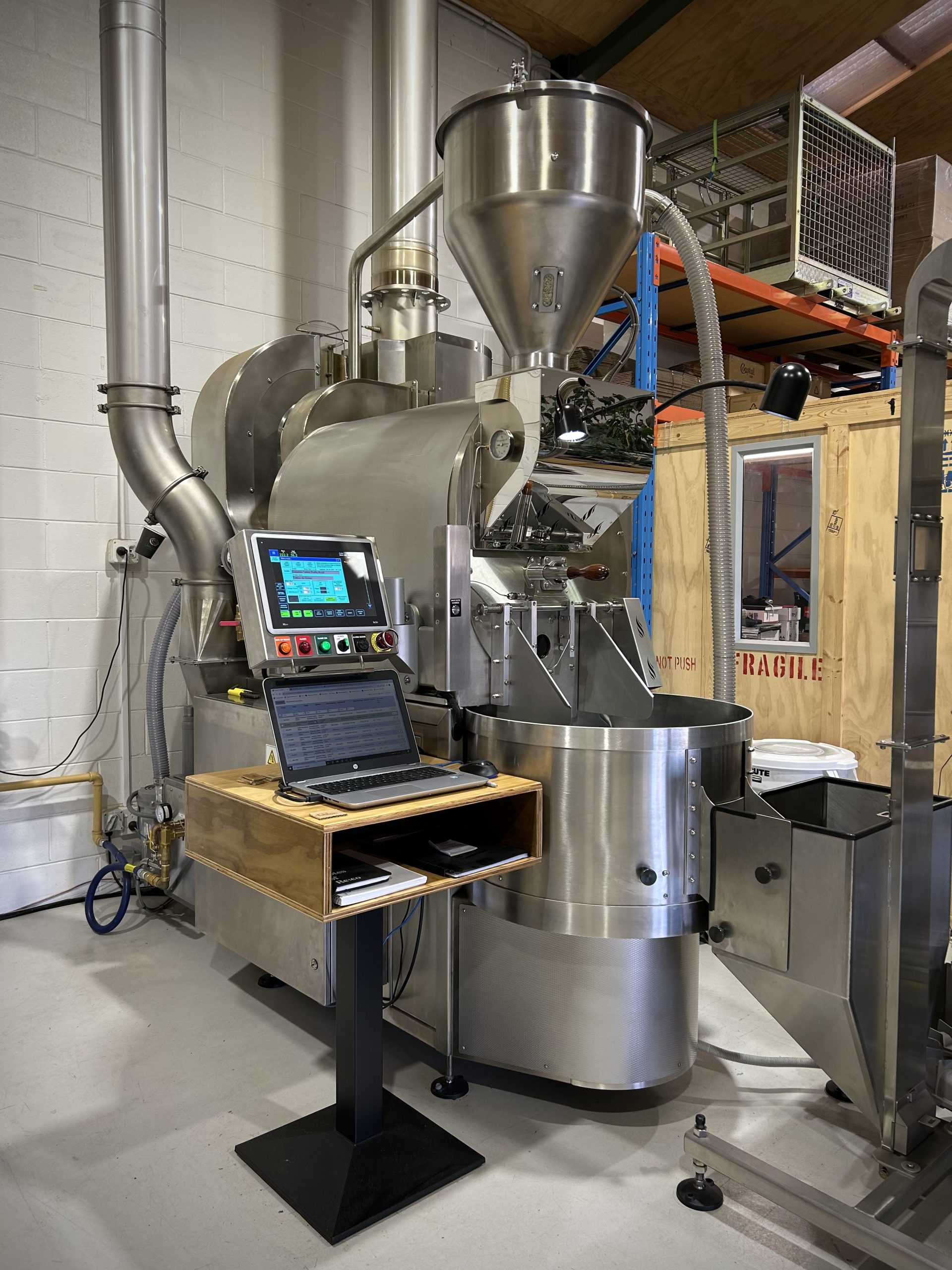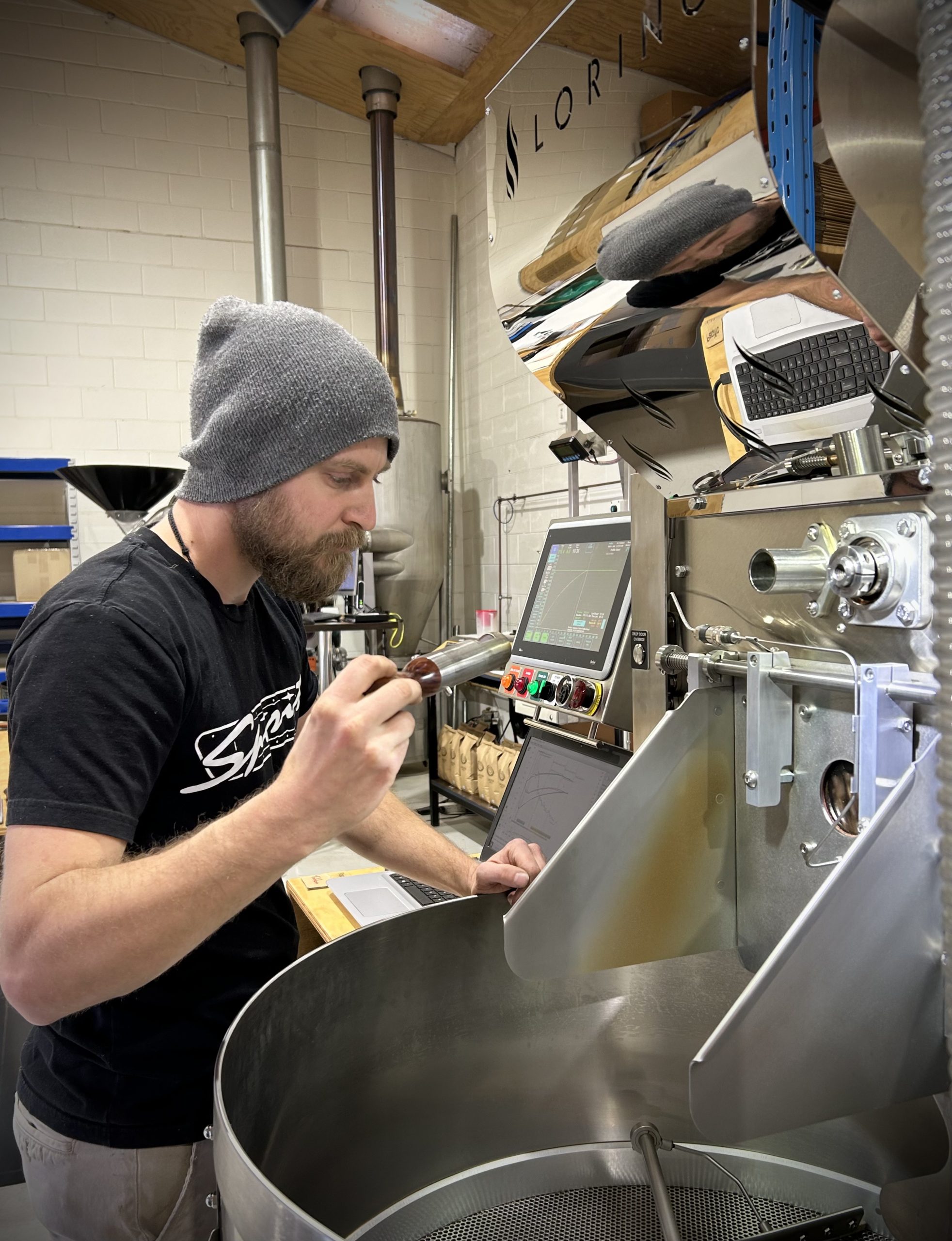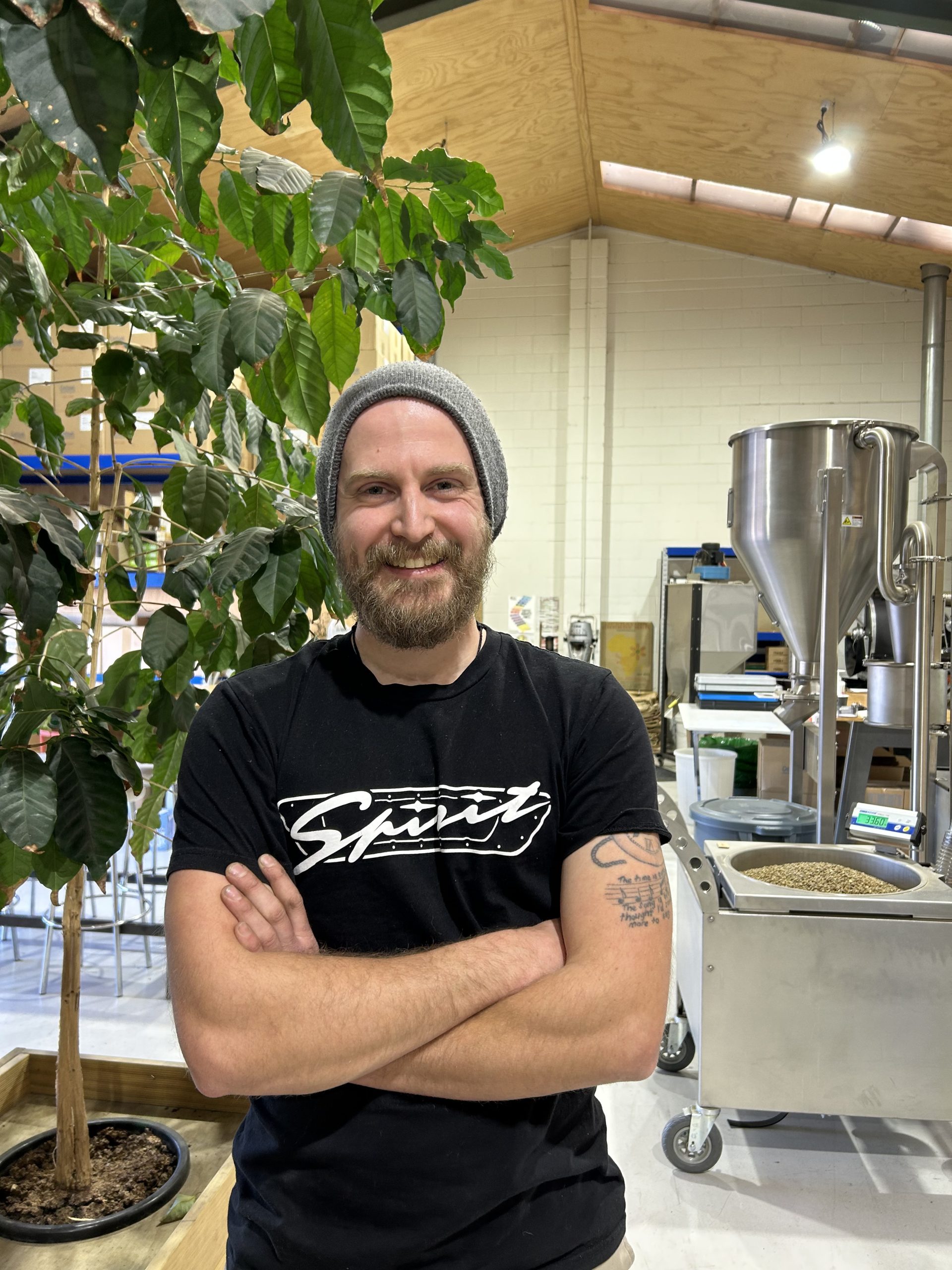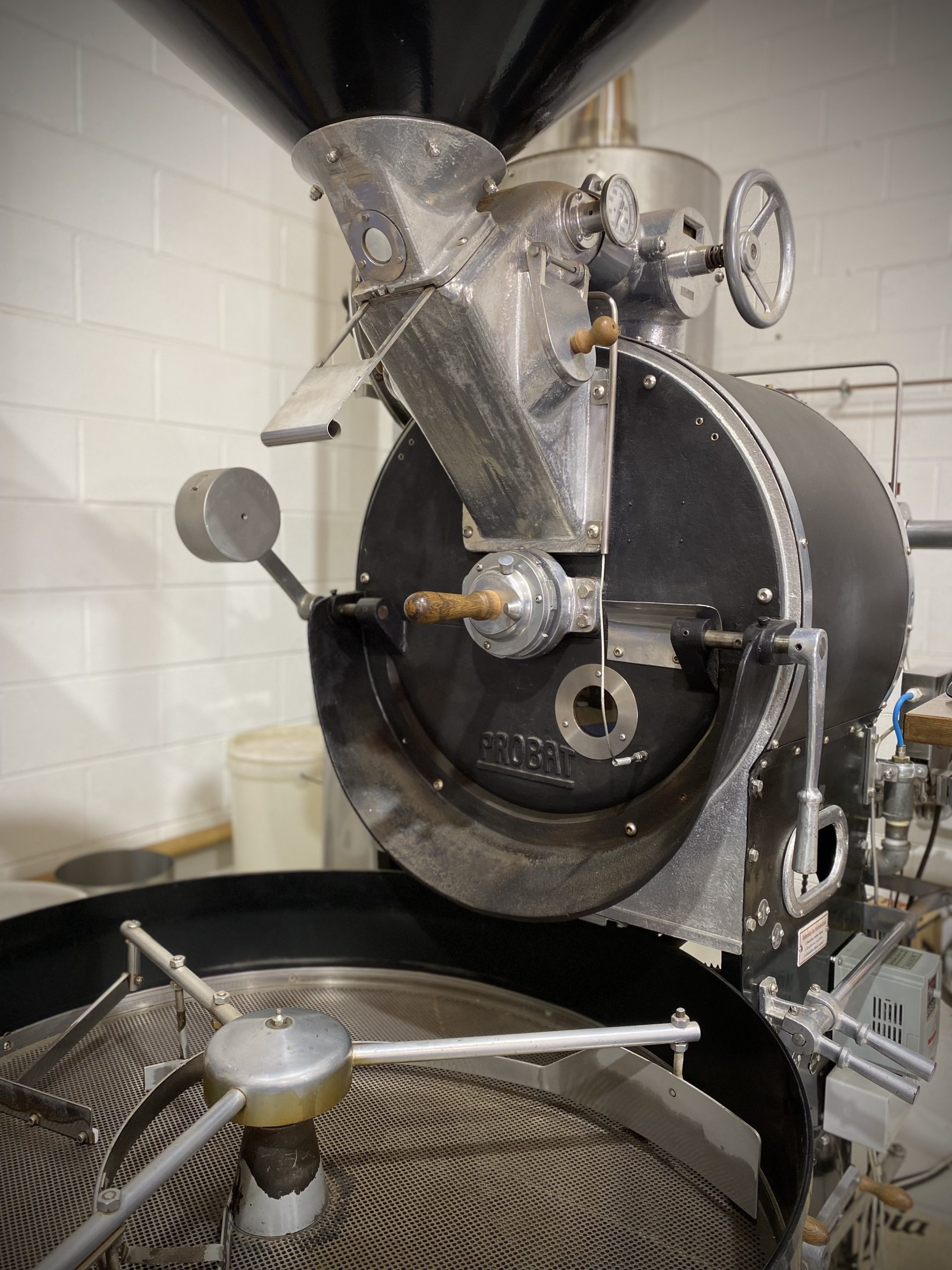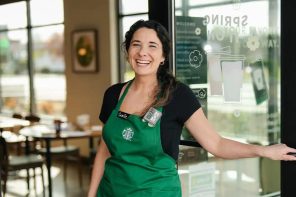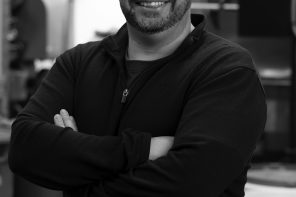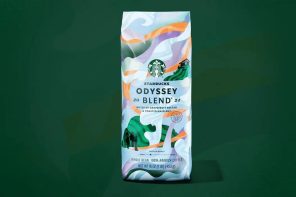“How did I become a roaster? I ask myself that very often, and I’m not entirely sure how I pulled that one off,” said Rob Hooper of Laroma Coffee Co, who considers himself fortunate to pursue his hobby as a career.
Having lived in Hamilton since the young age of seven, he still loves the place, which surprises most people.
When he realised that playing in a punk band and pulling pints was not the future-proof life plan he thought it was, he took up a job at a local cafe. There, he learned the way around the espresso machine and started feeling pretty good about what he was producing.
“Customers gave me compliments; I could pour some pretty sick latte art like 80% of the time. I was living the dream!”
Fast forward a decade, Hooper is now roasting coffee and repairing espresso machines at Laroma Coffee Co. He realised early on that there was much more to coffee than he knew about. However, he has managed partly owing to the smaller size of the operation, gaining experience in a broad range of coffee-related fields.
“I’ve spent a fair chunk of that time trying to hone my skills as a roaster, but I’ve also picked up qualifications in barista training and am now a registered electrical appliance serviceperson, spending a fair amount of my time fixing coffee machines.”
With an ever-changing blend preference, Colombian coffees have been the pick of the crop for the last few years for Laroma Coffee Co.
“We’re also really proud of our Brazil Blend; it’s such a classic “house blend” and has everything I look for in an espresso blend.”
Laroma’s quest for consistency led them to build a temperature-controlled storeroom for green beans.
“We spent a very long time modifying our old 1940s Probat to improve the burner control, added a second motor with a VSD to control drum speed and installed some thermocouples and a gas pressure transmitter so we could hook up to Cropster.”
Many innovations they developed for the Probat are no longer in use due to their new Loring S35 Kestrel roaster, which has a fantastic between-batch protocol, making consistency far easier to achieve.
The Loring also has incredible fuel efficiency, which allows them to roast twice as much coffee at a time while using up to 80 per cent less gas than a conventional drum roaster with an afterburner.
Hooper loves that there is always something to learn about coffee; the more you learn, the more you realise you do not know.
He wishes to travel to Colombia or Guatemala, the top coffee-producing country, to further his hunger for knowledge. At the same time, he does not necessarily believe we need to look further than Aotearoa regarding coffee roasting.
Since coffee preference is so subjective, Hooper’s mindset is that a “great roast” is just one that customers enjoy.
“It’s not my place to tell people what they should or shouldn’t like; all I can do is to be as consistent as possible and ensure that what we send out in Laroma bags tastes the same every single time.”
Laroma Coffee Co. also opened its espresso bar a few years ago. Instead of individual tables, they decided on shared seating around a bar leaner, encouraging customers to interact with one another.
“Several years on, and we’ve seen so many friendships arise from strangers meeting around our table; that’s been incredibly rewarding.”
The most important tools you have are your sense of taste and smell. Learn to use them effectively.
“The most important tools you have are your sense of taste and smell. Learn to use them effectively.” Hooper advises other roasters to understand the physical changes happening to coffee throughout a roast and how to manipulate these changes.
In the future, Hooper would love to see more Hamilton cafés using locally roasted coffee instead of looking at bigger Auckland and Wellington roasters since the calibre of Hamilton’s roasters is incredibly high, and there are so many benefits to having support a short distance away.

